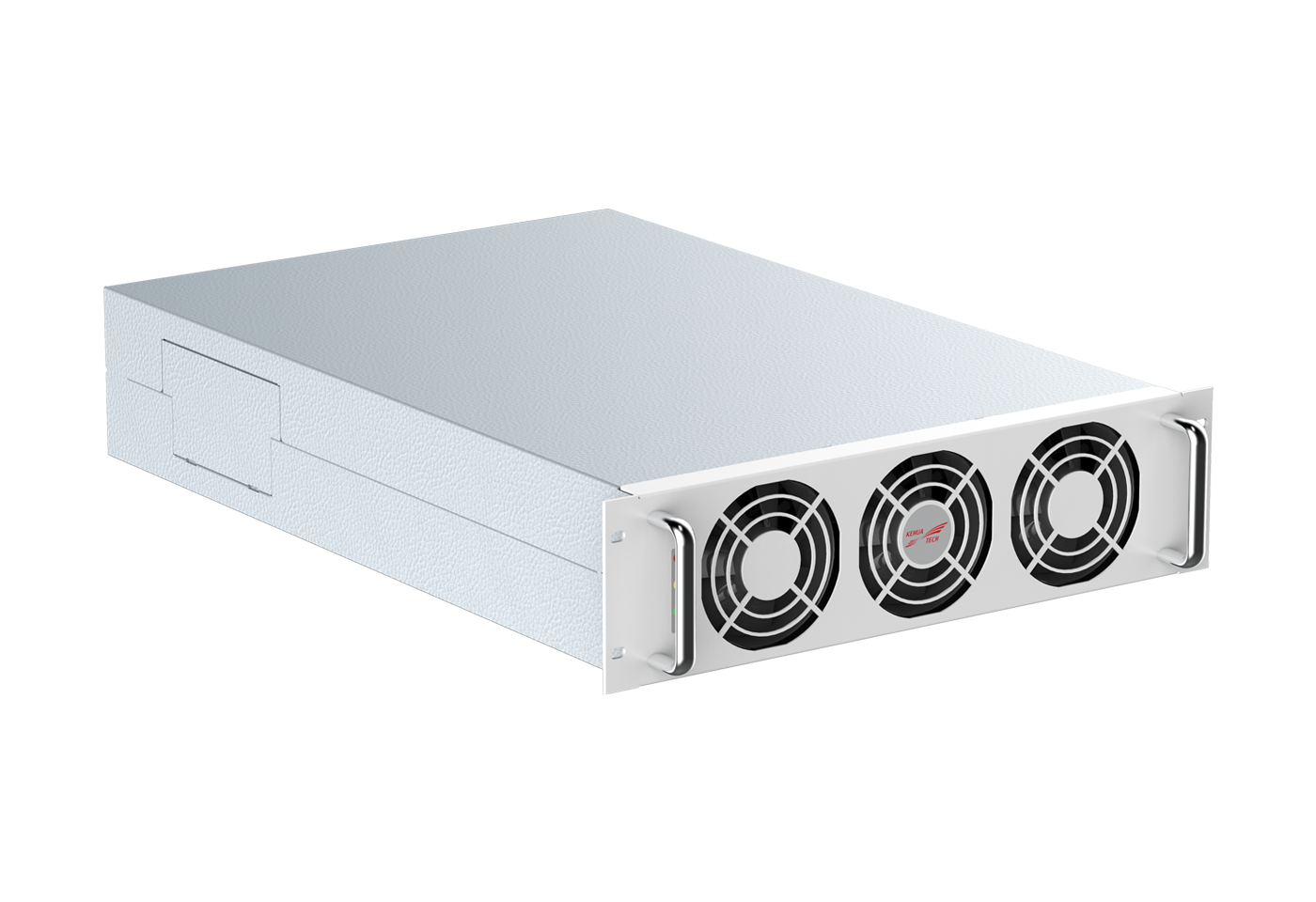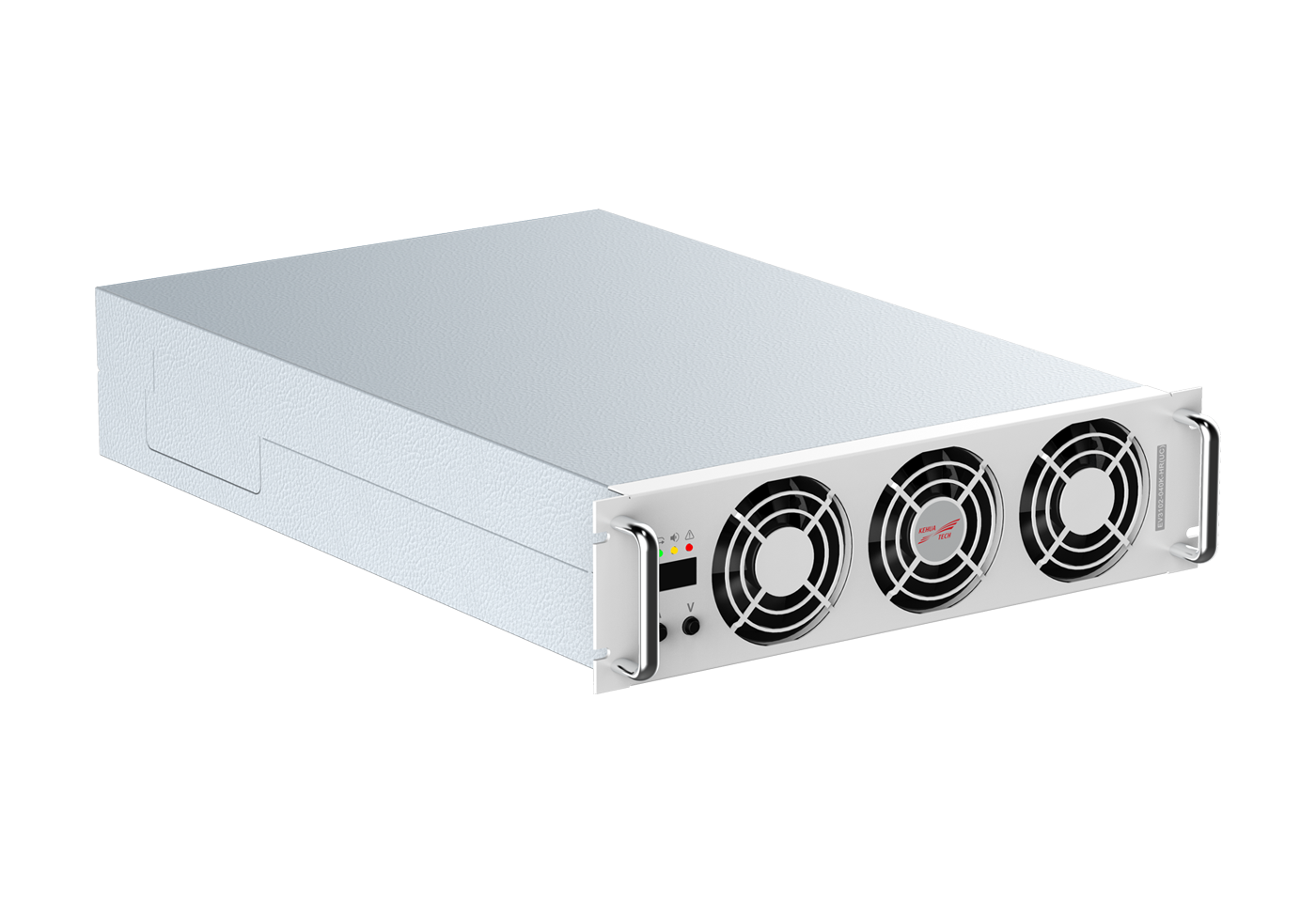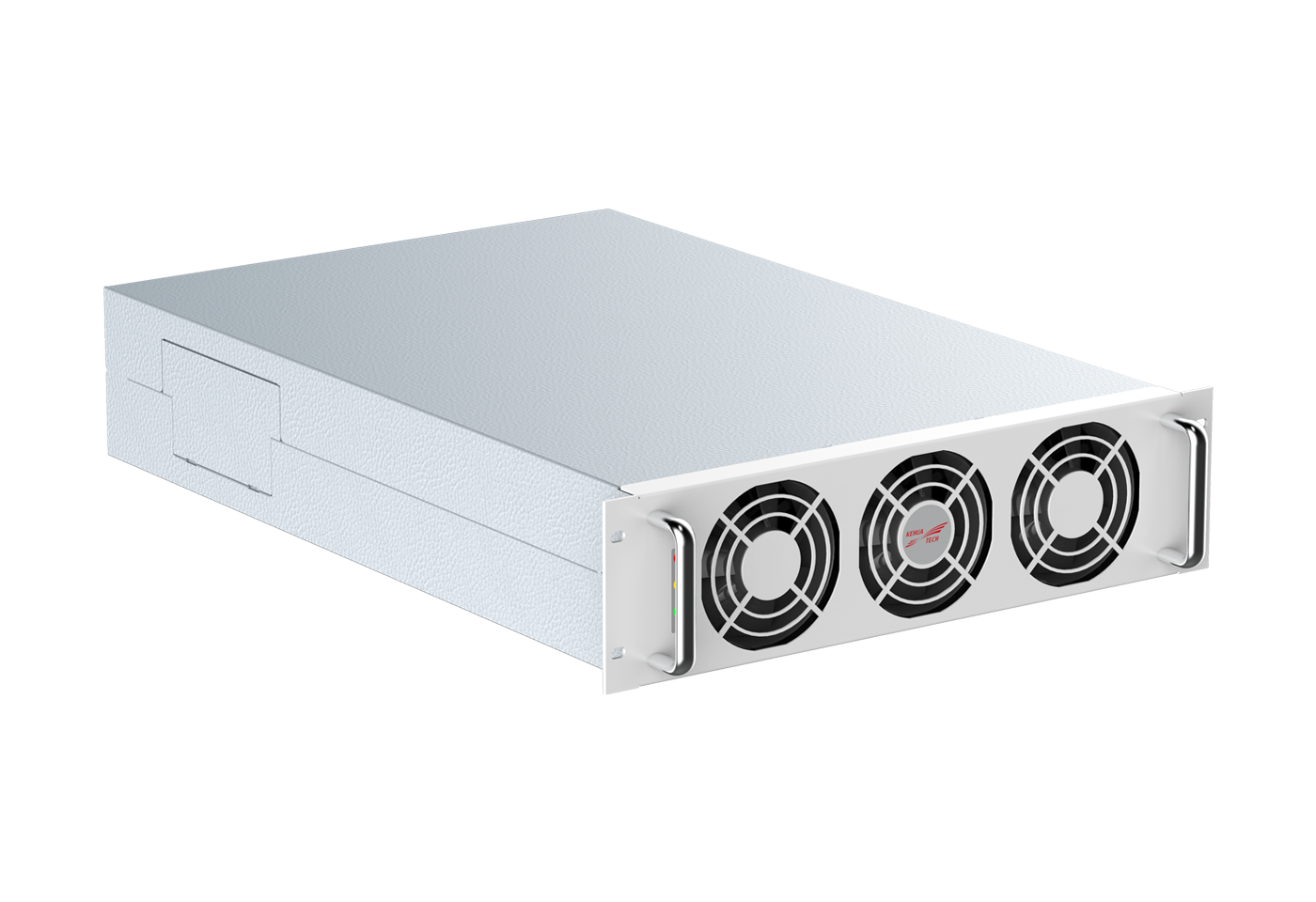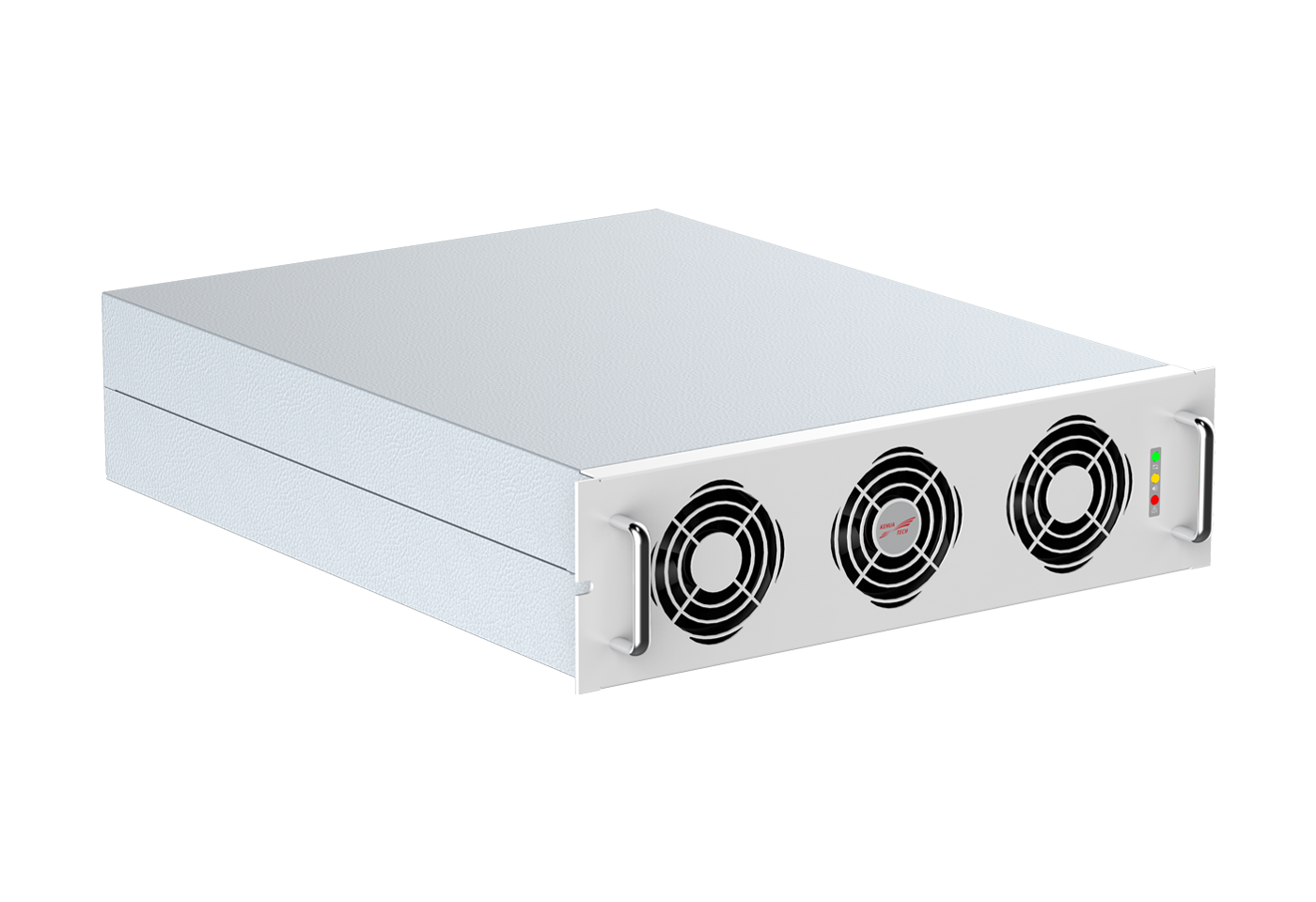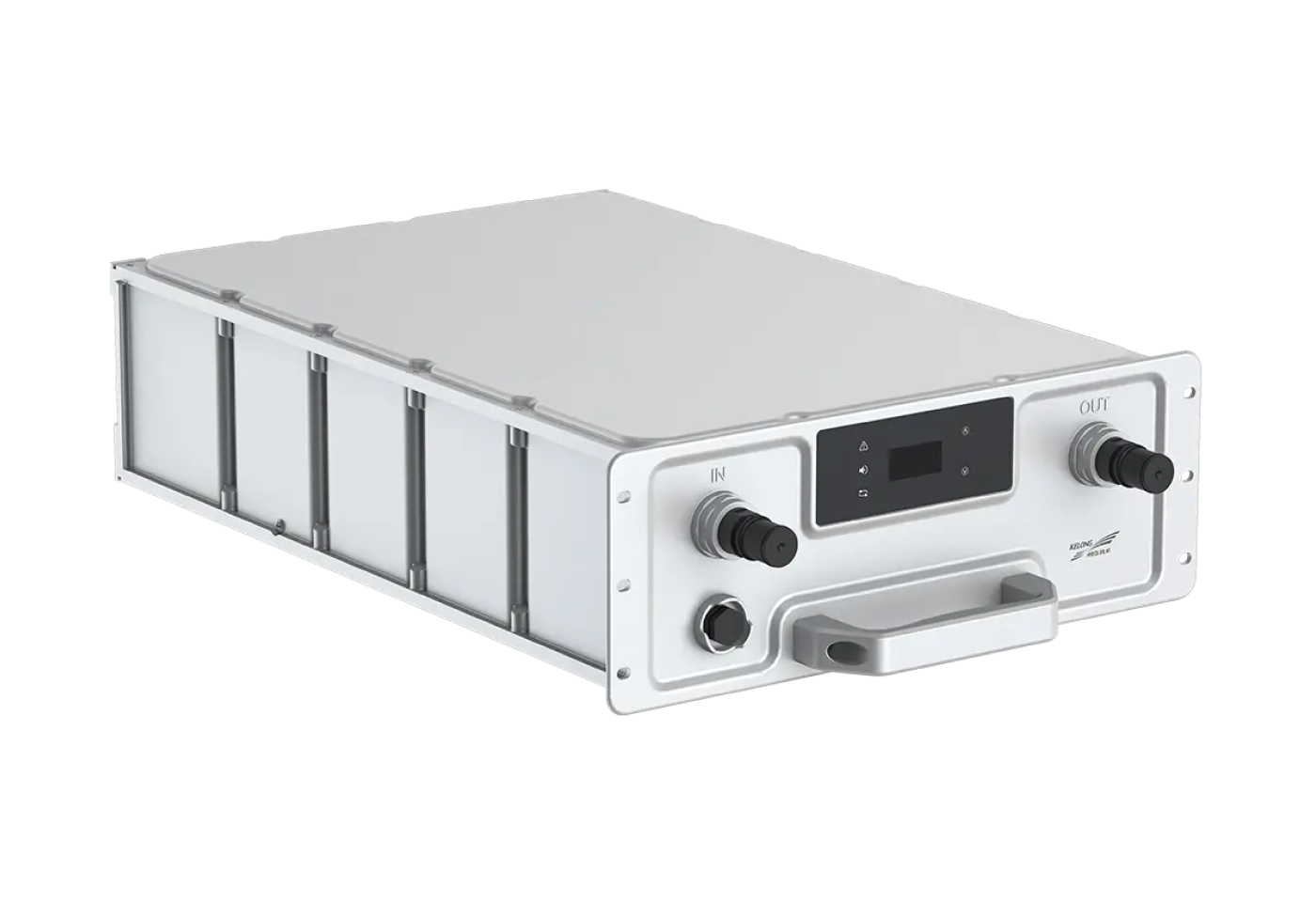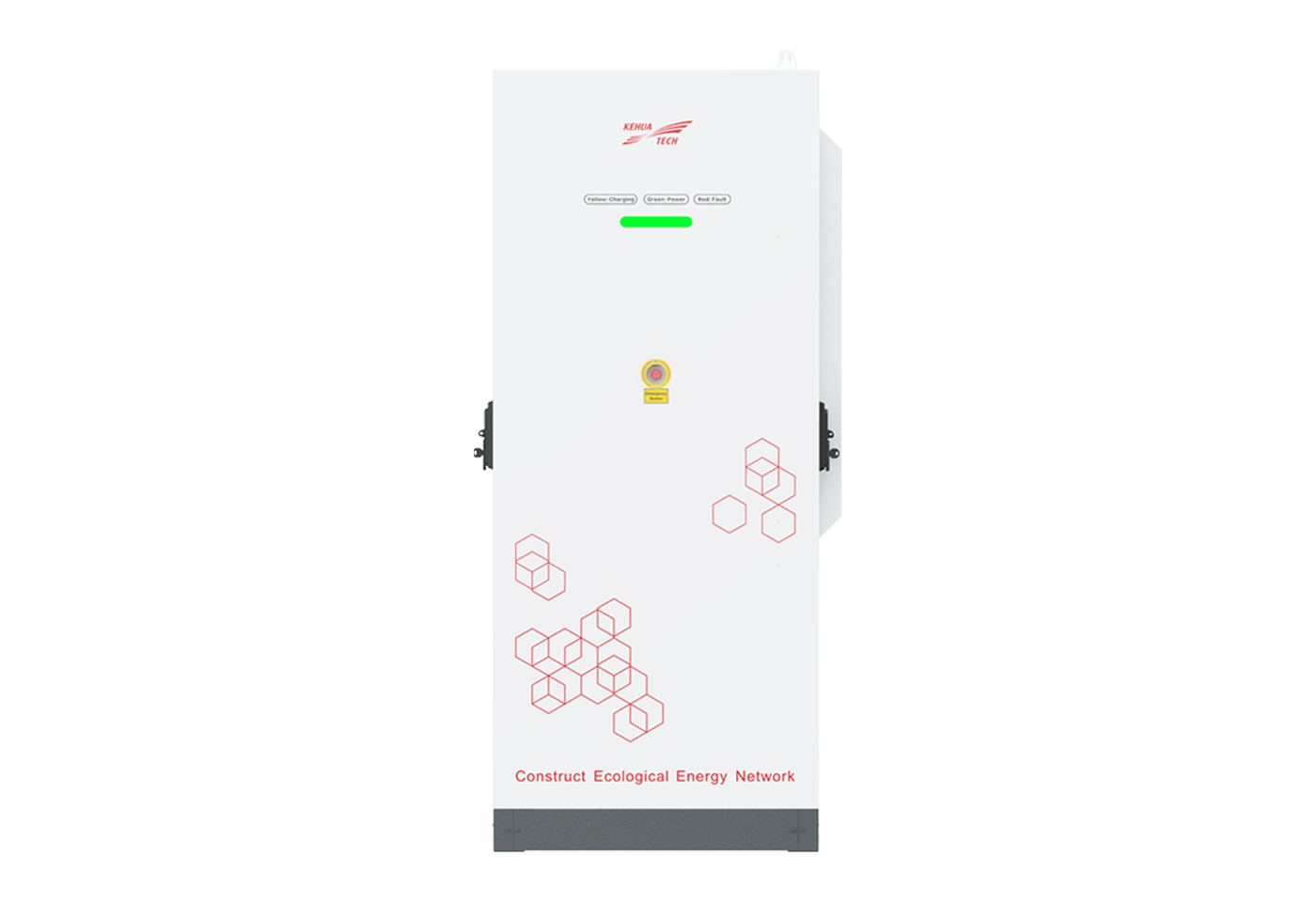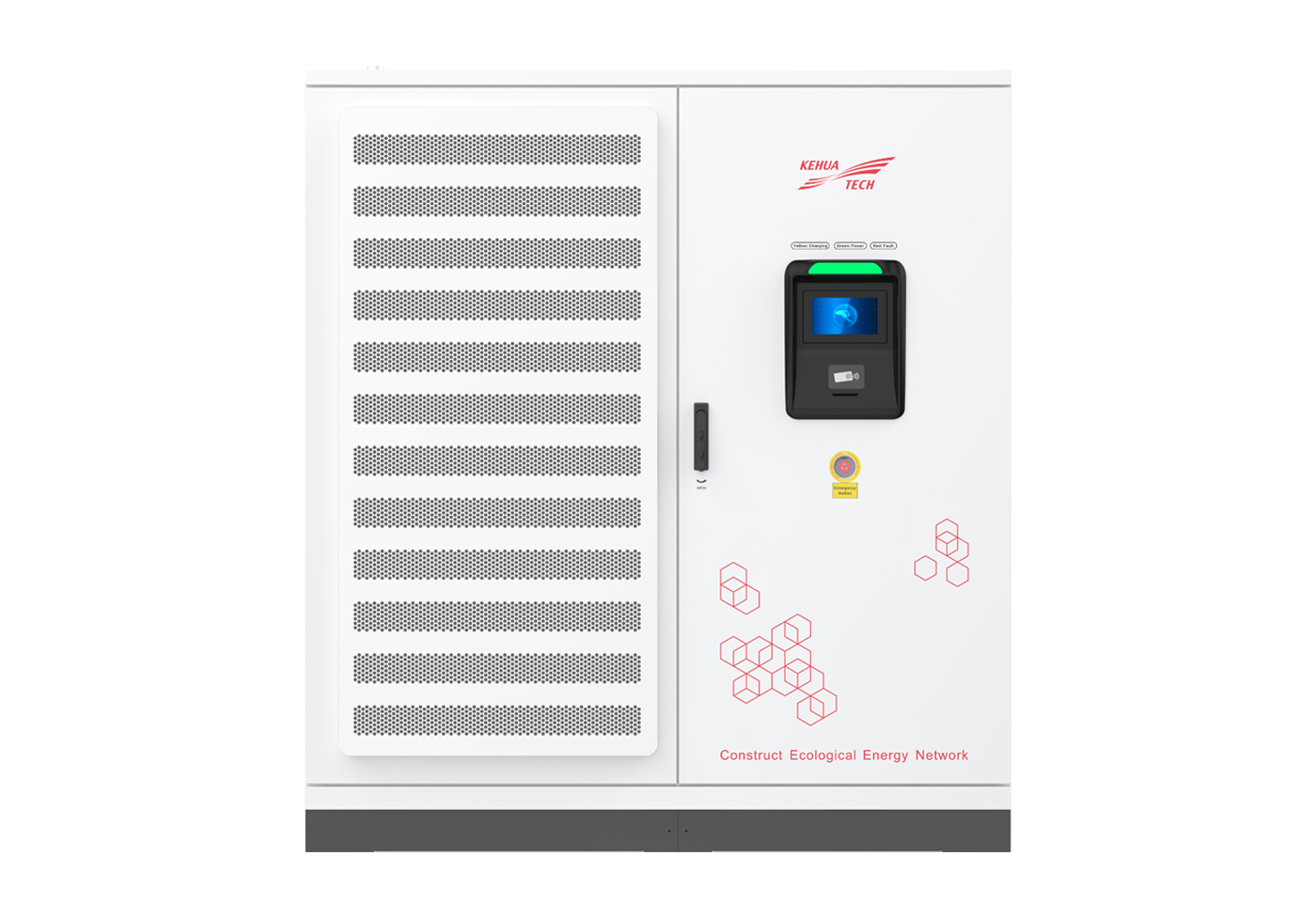Growth Opportunities in the EV Charging Industry Amid the Global Transportation Electrification
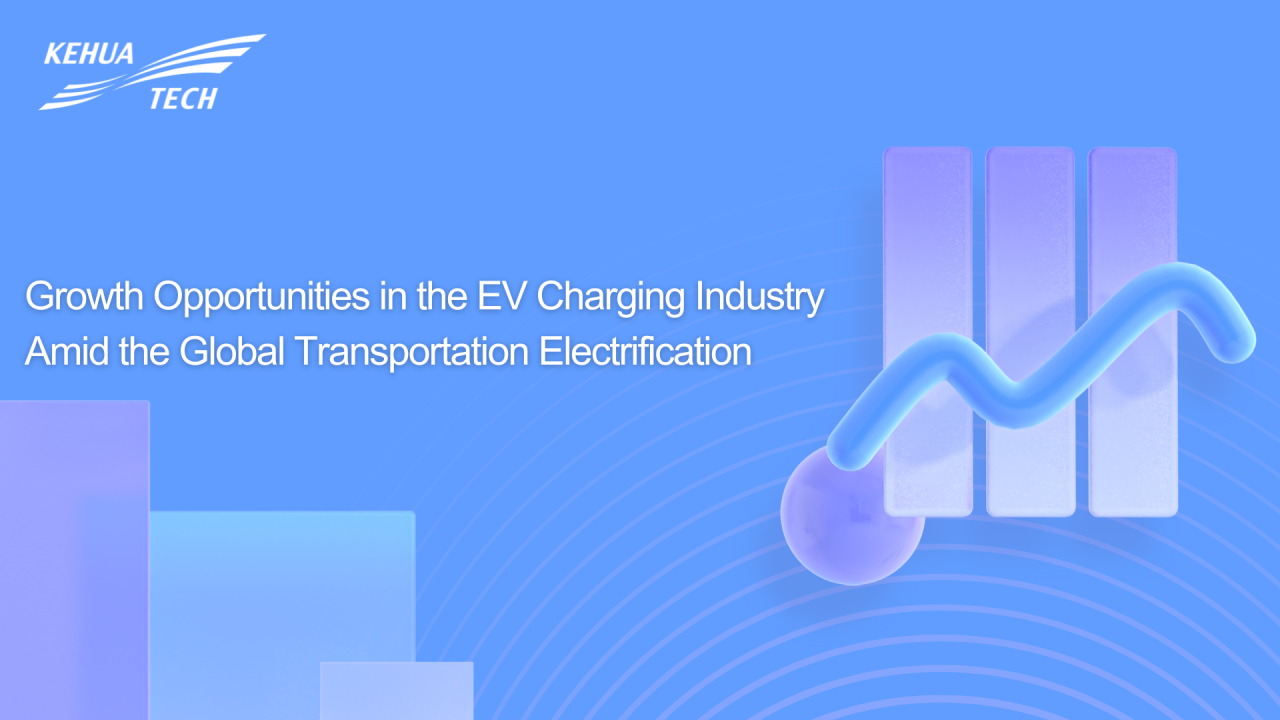
As the global transportation electrification accelerates, the demand for charging stations in Europe and North America is experiencing explosive growth. In particular, sectors such as electric bus charging, electric heavy-duty truck fleet charging, and vehicle-to-grid (V2G) applications are showing immense potential, driven by policy support, financial investment, and technological innovation. This article will analyze the key growth areas of EV chargers based on the latest policy developments and market trends and explore the application prospects of Shenzhen Kehua’s 40kW silicon carbide power modules and high-power power units in this market.
Three Key Drivers of EV Charger Growth in Europe and North America
Electric Bus Charging: Policy & Market as Dual Motors
Strong Policy Support: The European Union has allocated approximately €2 billion in subsidies for zero-emission city buses. Additionally, the EU mandates a 45% reduction in carbon emissions for newly registered buses by 2030 and a 90% reduction by 2040, laying a solid foundation for electric bus adoption. In the U.S., the Infrastructure Investment and Jobs Act (IIJA) has allocated $5.5 billion to support low- and zero-emission buses and charging infrastructure. Furthermore, the Accelerating Clean Transportation for All is driving local governments toward electric buses.
Significant Market Growth: The European electric bus market is expected to grow from $2.64 billion in 2025 to $9.44 billion in 2034, with a compound annual growth rate (CAGR) of 15.2%. By 2030, the U.S. electric bus market is projected to reach $15 billion, with a CAGR exceeding 20%. Major cities such as Los Angeles, New York, and San Francisco are accelerating their transition to electric bus fleets, boosting the demand for high-power DC charging piles.
Stringent Technical Requirements: Electric buses require high-power and high-stability charging solutions, making high-power DC chargers critical for urban and intercity bus charging needs.
Electric Heavy-Duty Truck Charging: Regulatory Pressure and Economic Viability
Regulatory Acceleration: The EU plans to achieve 100% zero emissions for all newly registered freight trucks by 2035 and full carbon neutrality by 2040. A TNO report indicates that by 2030, 99.6% of new heavy-duty trucks will be zero-emission. Similarly, the U.S. Advanced Clean Trucks (ACT) Rule requires 75% of all new heavy-duty truck sales to be zero-emission by 2035, with full diesel phase-out by 2040. California is already enforcing this, with several other states following suit.
Improving Cost Competitiveness: Over the next decade, the total cost of ownership (TCO) for electric heavy-duty trucks will be lower than diesel trucks, making cost savings a key factor in their widespread adoption. This trend will, in turn, drive the demand for high-power charging infrastructure.
Strong Market Demand: U.S. ports and long-haul logistics industries are rapidly expanding electric heavy-duty truck charging networks. The Ports of Los Angeles and Long Beach require all port trucks to be zero-emission by 2035, significantly increasing the adoption of 350kW to 1MW ultra-fast chargers.
V2G Applications: A New Opportunity for Energy Management and Grid Stability
Rapid Market Expansion: The European V2G market is projected to grow from $968 million in 2023 to $2.66 billion by 2030, with a CAGR of 26.6%. In the U.S., the Department of Energy (DOE) is funding multiple V2G pilot projects, with the market expected to reach $4 billion by 2030, growing at over 30% CAGR.
Policy-Driven Pilots: Countries such as Germany, the UK, and Denmark have launched large-scale V2G pilot programs to enhance grid stability and renewable energy utilization. California’s Distributed Energy Resource (DER) Action Plan promotes V2G adoption and provides financial incentives for vehicle owners.
Technological Challenges: V2G requires bidirectional chargers, capable of both charging vehicles and feeding power back to the grid. This demands higher power conversion efficiency, reliability, and advanced battery management.
Application Prospects of Shenzhen Kehua’s High-Power Power Unit
In response to the growing demand for electric bus and heavy-duty truck charging in Europe and North America, Shenzhen Kehua has launched its high-power power unit. This power unit features a 40kW high-efficiency silicon carbide module, which enables modular stacking to form a power pool. The individual cabinet has a power capacity of 480kW and can be expanded to 960kW by adding additional cabinets. It utilizes PDU dynamic power distribution and dynamic load management to optimize efficiency, reduce energy consumption, and maximize operational benefits through intelligent power optimization.
Meeting High-Power Charging Demands: The power unit supports flexible configurations for fast and ultra-fast charging dispensers, making it ideal for electric buses, commercial vehicles, and heavy-duty truck fleets. Additionally, it optimizes charging module utilization to enhance system longevity.
Low-Noise Design: The power unit integrates advanced airflow engineering and sound-absorbing materials, keeping noise levels ≤60dB, making it ideal for residential areas, commercial centers, and service stations.
Superior Safety and Reliability:
- Parallel contactor adhesion detection ensures fault localization and system reliability.
- Local power-limiting function prevents overloading the grid, ensuring reliable operation even in disconnected networks.
- CE and KC certified components and modules fully comply with international safety standards.
Comprehensive Safety Features: Advanced three-phase unbalance control and module presence detection improve safety and adaptability to complex grid conditions, significantly reducing failure rates.
Compatibility: The cabinet covers a wide 200V-1000V DC voltage range, ensuring compatibility with various vehicle types.
High Environmental Resistance:
- IP54-rated protection with automotive-grade conformal coating and encapsulated modules, ensuring durability in dusty, high-salt, humid and extreme weather conditions.
- Operates reliably in -30°C to 50°C, making it suitable for Nordic cold climates and Middle Eastern desert heat.
Easy Maintenance & Smart Operations:
- Smart O&M features, including remote OTA updates, 10-day local storage, and automated fault logging, reduce operational costs and enhance efficiency.
- Automatic module address setup eliminates manual settings, reducing maintenance errors.
- Slide-out G3 dust filters enable maintenance in under 5 minutes.

